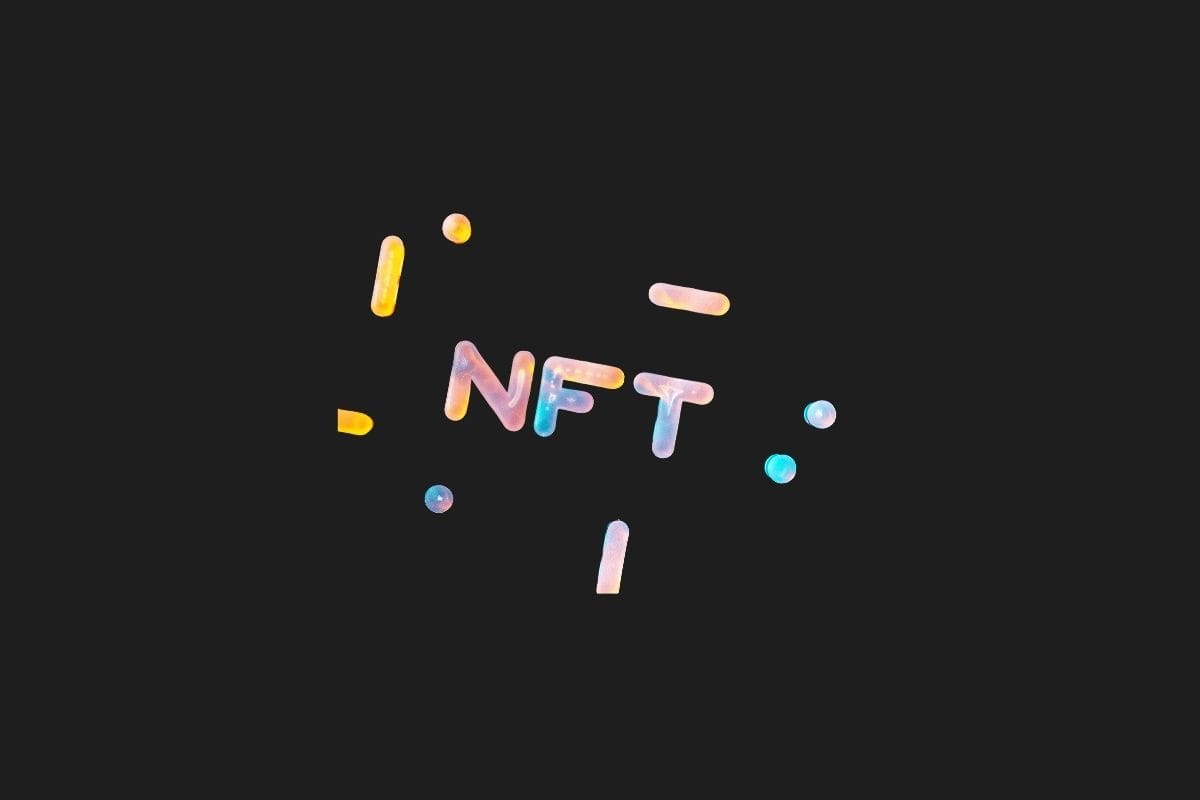Non-Fungible Tokens (NFTs) are unique digital assets that represent various digital creations such as art, collectibles, and in-game items. The term “burn” in the context of NFTs refers to the permanent removal of a token from circulation. This process involves the deletion of the token from the blockchain, usually to achieve specific strategic goals.
How Does the Burn Process Work in NFTs?
The process of “burning” an NFT typically involves the following steps:
- Determining the Burn Address: To burn an NFT, a special address known as a “burn address” or “dead wallet” is used. This address is designed so that any tokens sent to it cannot be recovered or used again.
- Sending the Token: The owner of the NFT sends the token to the burn address. This action effectively removes the token from their control and renders it inaccessible.
- Confirmation and Update: Once the transaction is confirmed by the blockchain network and processed, the token’s status is updated to reflect its burned state. This process creates a permanent record on the blockchain.
Uses of Burn in NFTs
The burn process in NFTs can serve various strategic purposes:
- Reducing Supply: Burning NFTs can decrease the total supply of tokens in circulation. This scarcity can increase the perceived value and demand for the remaining tokens.
- Improving Token Quality: NFTs with issues or poor quality can be burned to improve the overall quality of the collection. This helps in maintaining a high standard for the collection.
- Marketing and Engagement: NFT projects might use burn events as a part of marketing strategies or to engage with their community. For example, users may be incentivized to burn tokens to participate in exclusive events or earn rewards.
Impacts of the Burn Process on NFTs
The burn process can have several significant effects:
- Value Increase: Reducing the supply of NFTs can make remaining tokens more valuable due to increased rarity. This can attract collectors and investors.
- Community Engagement: Burning tokens can boost community involvement by creating opportunities for interaction and rewarding participants. For example, community challenges may involve burning tokens to achieve certain milestones.
- Transparency and Trust: Transparent burn processes recorded on the blockchain can enhance the credibility of NFT projects. This transparency can build trust among investors and collectors.
The term “burn” in NFTs refers to the permanent removal of a token from circulation and is an important concept in the NFT space. The burn process can be used to reduce token supply, improve collection quality, and enhance community engagement. Understanding how and why burn processes are implemented can provide valuable insights into the dynamics of NFT projects and their market strategies.
For both collectors and investors, recognizing the role of burn processes in NFTs is essential for making informed decisions and understanding the broader implications of these actions on the value and success of NFT projects.,
